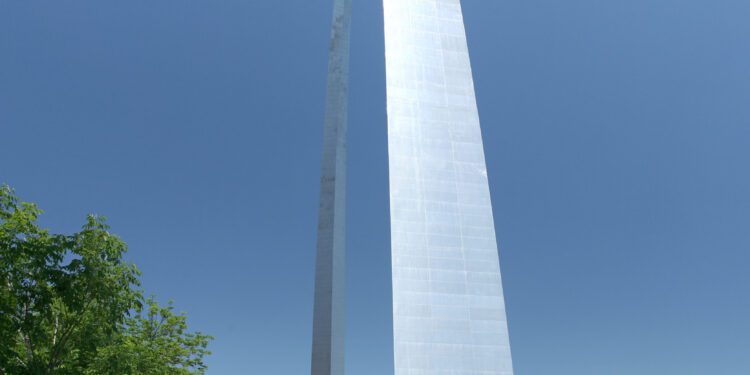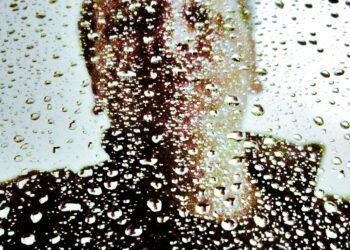To offer information of value to the world is an act of journalism. In this regard, anyone can be a journalist. That’s not an insult to journalists. It’s a compliment to the field of journalism.
At the Association of Health Care Journalists annual conference, I saw the best of journalism. People of all walks of life, all manners of training, came together to discuss health issues important to them. Not just to discuss, but to act – by offering their perspectives, sharing their articles, and gleaning novel insights.
I told my story. I spoke with investigative journalists and creative content editors. We had open conversations and we entertained controversy – not because we wanted to, but because we had to. Journalism demands it. In the end, we all came back with more than what we started with.
Throughout the conference, amid all the conversations, one thought kept recurring: How can I be both a story and the teller of stories? There’s an inherent conflict, at least according to how most journalists would see it. Journalism requires objectivity, a certain distance from the story, ostensibly to remain neutral, but really to prevent bias creep. But bias was everywhere.
During sessions where we discussed pain management and opioids and addiction, the prevailing narratives appeared en masse, advocated for by some of the most glorified journalists across the country. One such example was when we discussed the Opioid Files, a collection of documents that showcased how pharmaceutical companies targeted physicians and patients to encourage the prescription of high dose opioids.
It’s among the most cited reports when journalists write about opioids. Truly, it’s an amazing piece of journalism. We should commend the journalists who worked on it. The many awards they received are still not enough. Yet out of such brilliant work emerged a narrative – that physician over-prescribing created the initial phases of the opioid epidemic – and out of that narrative came policies that have devastated the lives of so many well-intentioned physicians and patients.
Journalism is curious like that. A well-conducted investigation that discovers significant evidence of wrongdoing leads to a narrative that introduces and reinforces a biased outlook on opioid prescribing. Somehow, something that began objectively transforms into something quite subjective. It’s not any one journalist’s fault. It’s how our minds think. And therefore, it’s how we understand journalism.
By telling my story, I challenged the prevailing narrative by revealing the biases that formed out of reports like the Opioid Files. Some believed me and some did not. You can tell what a person is thinking by triangulating the expression on his or her face with what is asked and the manner in which it’s asked. People reveal more of themselves than they intend to.
In all of these conversations, I always framed my foray into journalism as a journey borne out of lived experience – writing my story as I’m living it. In this vein, my story is like many other journalists who have been marginalized by society before they found a voice through the written word. And my perceived conflict is not unique from other more established, more traditional journalists.
Yes, journalism requires an objective, balanced perspective. But we aren’t capable of that. It’s an ideal none of us can live up to. In lieu of such unrealistic standards, journalists should do the next best thing – become aware of their biases.
‘Awareness’ is what most journalists refer to when they say ‘balanced’. When reporters cover a story, they depict both sides. It’s the journalistic standard. Usually, however, one side is favored. You can tell which one by the conclusions drawn in the story. It’s subtle, but then again, subtleties are critical in journalism. It’s where the bias first appears. It’s where the objective becomes subjective.
That’s why my story is important, particularly now, as overdoses continue to rise and the initial wave of settlement funds seem to be doing much of nothing. We need to challenge the prevailing narratives by revealing their underlying biases so we can correct our understanding of the overdose crisis.
Admittedly, my story has its own biases. But at least I know to acknowledge them. That awareness alone makes me a journalist.
















I’m glad to hear that you made some progress.
I would say that the version you give of objectivity and journalism is a standard one but it makes journalism out to be naïve. As you point out there is no objectivity in the end. The standard determined journalism should be what
Christiane Amanpour Says:
“Our job [as journalists is not to say we don’t have biases. Our job is to report the truth and do it objectively, despite whatever biases we …”
Once you do your research and you know that something is false you don’t have to present the falsehood.
Yes! The standard was always “three sources”…but that seems to be either one or even zero anymore.